

Ever played a really good video game and then immediately thought: I'd love to play this again, only different and not anywhere near as good? Of course you have: after all, why would developers keep changing franchises for the worse? Oh. Money. Right. In light of Dead Space 3 not living up to expectations, here are some of the other worst offenders...
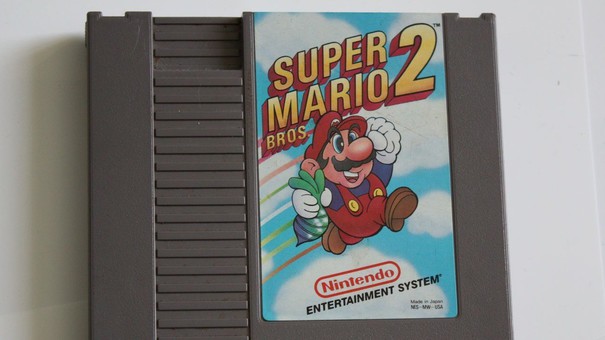
After the industry-saving majesty of Super Mario Brothers, it's safe to say the world was unbelievably pumped for the sequel. All Nintendo had to do was deliver more of the same. And it did, in Japan. What the rest of the world got was something that caused more Nintendo-based tears than the Wind Waker reveal and the whole Wii era combined.
The problem was quite simple: it wasn't actually a SMB game as we knew it. Nintendo knew this of course – we're not suggesting the firm is that stupid, even if it did make the Virtual Boy. Nope, Nintendo had thought that real SMB 2 was 'too hard', which – in an era for video games when actually completing one was accepted as alternate entry credit for the British SAS – was probably a bit much.
So it took a game called Doki Doki Panic, put Mario characters in it, and laughed all the way to the bank. It's not a bad game: it's just very different. Fortunately, Super Mario Brothers 3 soon made it all better.
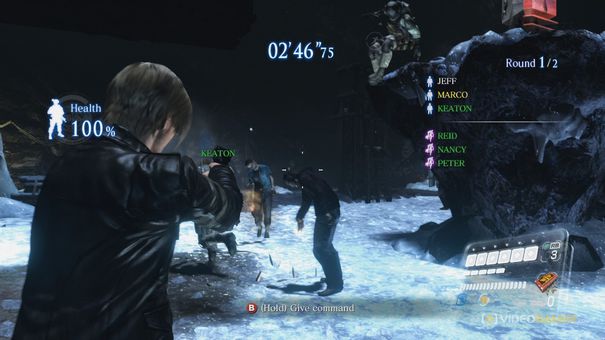
In March 2012 Capcom producer Masachika Kawata admitted that the user base for survival horror titles was too small, and so the series would have to continue to borrow from more action-oriented games to compete with, essentially, CoD. Which is remarkably ambitious/silly, but hey: Resident Evil 4 had done the business. Why couldn't this?
Sadly, Resi 6 didn't try to just take from the action genre: it attempted to be every game ever made at once. We're surprised there wasn't a football mini-game in there. Or an RTS where you had to fight to control the valuable resources responsible for maintaining Leon's luscious locks.
There was survival horror, and Gears-style action, and some underwhelming fighting nonsense – from the firm that gave us Street Fighter II, no less – and then it was like Uncharted for a while, and a bit like Call of Duty, and by the end of it you have to wonder if it was all some elaborate joke. It wasn't. It was instead a disjointed package of good moments from better games rendered worse. We weren't the only ones that were disappointed, and Kawata himself has 'revised' his opinion of the series' action focus.

Icon's predecessor, Def Jam: Fight For New York, may well be the greatest game ever made. Don't believe us? Well how about this: it was developed by AKI (along with EA Chicago – more on that later), the team behind the excellent N64 WCW wrestling titles, only this time you could push Sean Paul in front of a train. Exactly.
In fairness, there was a lot of pressure on Def Jam Icon because of the aforementioned Paul-train interfacing. So when AKI exited the series, leaving EA Chicago in sole charge, the developer made the sensible choice to dial back the wrestling and make the environment bounce to the beat of the song you're listening to. What?
It gets really silly from there on out. The idea was that you could change the beat of the backing track, and in doing so deal more damage by striking foes into the environment to 'your' song. (Sadly, not the Elton John track).
Part music game, part fighter, all nonsense, Icon tried to piggyback on the rhythm-action craze and failed. Fighting was fiddly, changing track in the middle of a fight was irritating, and the combat itself wasn't up to par. We're still waiting for the true sequel to Fight For New York. It may be some time.
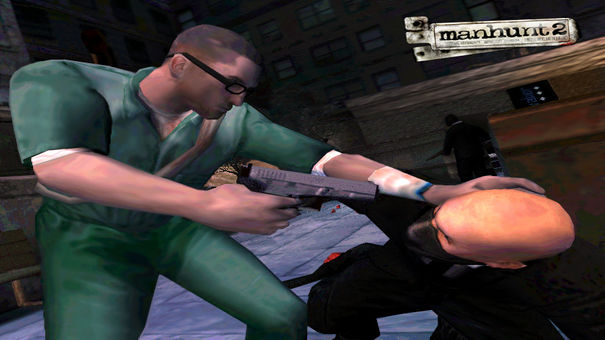
Infamous for initially being banned for its ultraviolent content, the crusty old deans at the BBFC would have done us a favour if it had stayed that way. Instead it was censored and released, and isn't very good. At all.
Why? Because it validates all of the nonsense criticism of the first game.
The original Manhunt may have been violent, but it always explored the relationship between violence and the player. Most wouldn't want to stick a shard of glass (or whatever else) into people's eyes but when you have to – the snuff film director you're trapped by won't let you proceed if you don't kill – you have to. It's a clever way of asking players how far they are ready to go to 'win'.
In Manhunt 2, you kill people to bits because – wahey – you're simply 'mad'. Or something. The result is violence for violence's sake, which becomes really boring, really quickly. In actuality, you'll be insane to play through to the end.

We love Volition here at VideoGamer. LOVE THEM. They make awesome games. But then they also made this, a sequel which took one of its predecessor's biggest draws – the open world – and did away with it, replacing it with a rather more pedestrian, linear setting. Which would kind of be like if GTA V did away with the city and instead only gave you one straight road to drive down, like a hyper-advanced Desert Bus.
The lovely destruction engine still remained, but with the sense of alien, explorative wonder gone – and no massive bridges to destroy – this was a poor attempt to chase the Gears of War dollar. It bombed, predictably. But hey: there's always Saints Row.
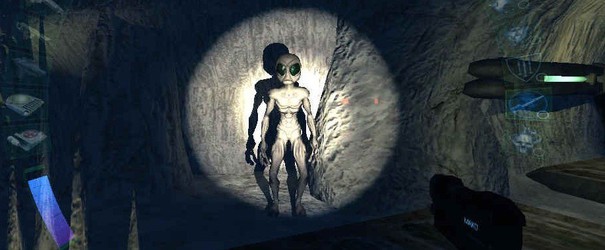
If you thought Def Jam: Icon had it bad, spare a thought for the guys behind Invisible War, who were actually following up one of the greatest games of all time. Sadly, while the end result wasn't terrible, it was still sorely disappointing.
Unified ammo, a shorter overall game, and the simplification of the previous title's RPG elements led to accusations that the game had been console-fied for the accompanying Xbox version. Factor in the gigantic level of hype that surrounded Invisible War, and it's easy to see why it didn't live up to Deus Ex. A perfect example of the fact that sequels don't have to be bad to disappoint.

2003's Prince of Persia reboot was a thing of beauty. Returning to what made the original game great, it was packed full of exploration, acrobatics, and a fantastic sense of adventure.
So, obviously, the sequel had to go Darker And Edgier. Combat – the secondary element of The Sands of Time – was now far more prevalent, upsetting the balance. The Prince was as aggressive, angry and confused as a 15-year old boy who had just discovered the internet. And he wore guyliner.
Again, this wasn't a terrible game. It just jettisoned most of the things that people loved from The Sands of Time. And no-one messes with The Sands of Time.
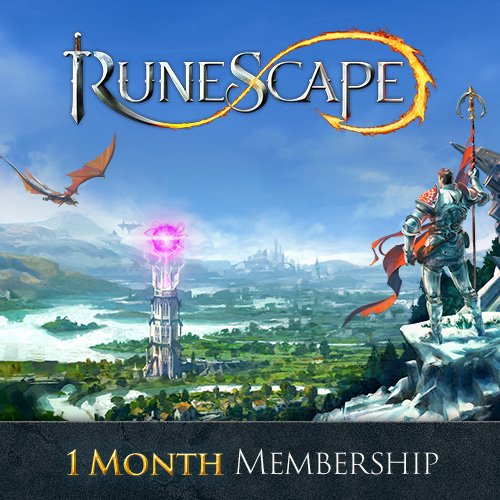


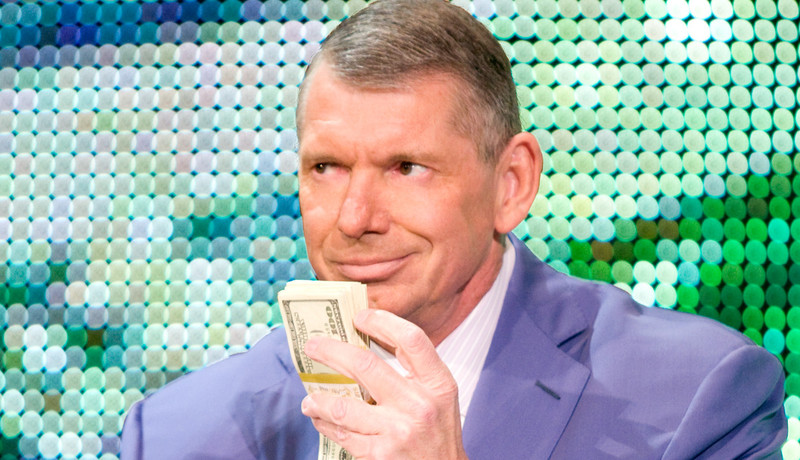
 The Evil Within guide: Chapter 8 – A Planted Seed Will Grow
The Evil Within guide: Chapter 8 – A Planted Seed Will Grow The Week in Review: Games Media Awards winners caught wanking on a live stream Edition
The Week in Review: Games Media Awards winners caught wanking on a live stream Edition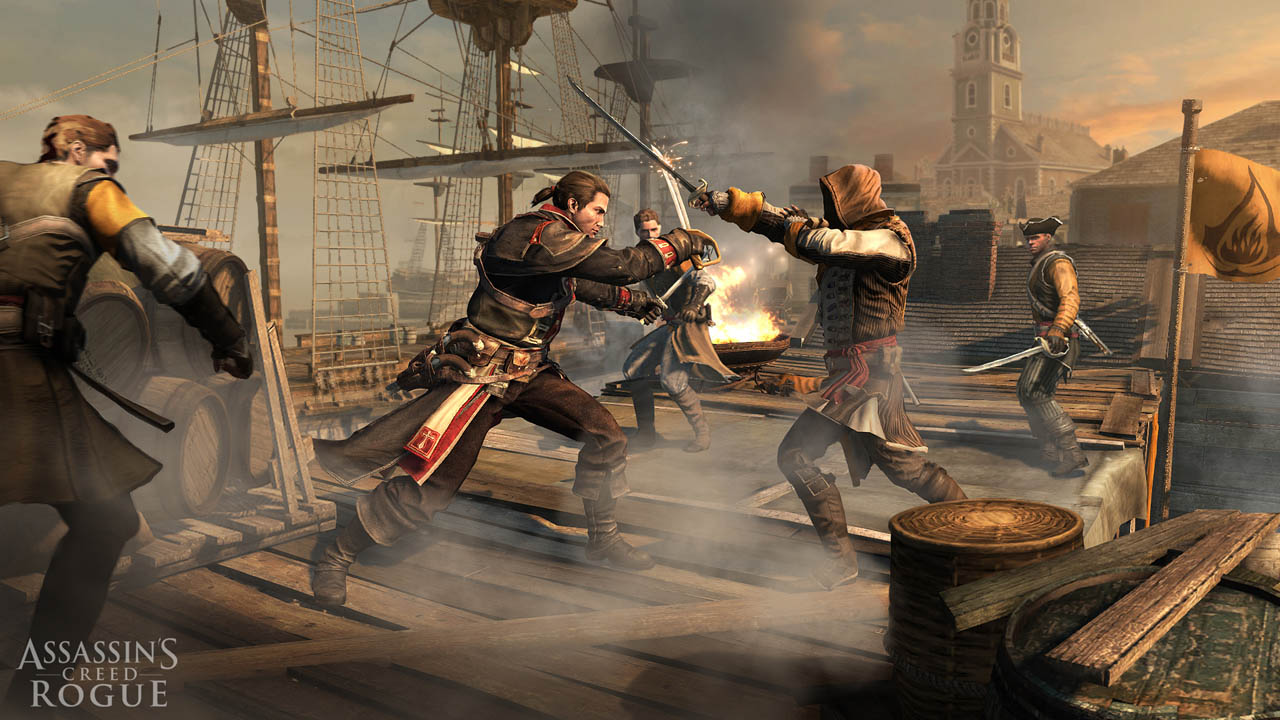 Assassins Creed Rogue – Weapons Guide
Assassins Creed Rogue – Weapons Guide Bloodborne guide: how to level up your character
Bloodborne guide: how to level up your character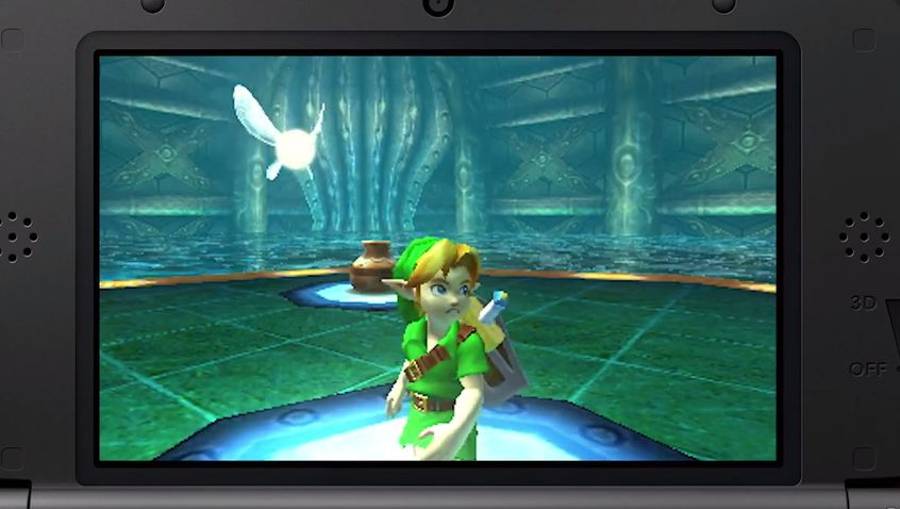 The Legend Of Zelda Majora's Mask 3D: Finding The Stray Fairy In Clock Town
The Legend Of Zelda Majora's Mask 3D: Finding The Stray Fairy In Clock Town